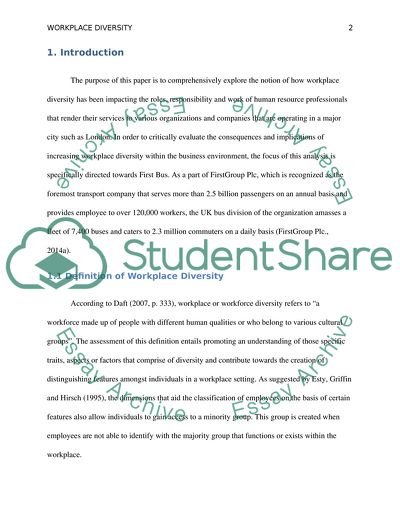Cite this document
(How is workplace diversity affecting the work of human resource Essay, n.d.)
How is workplace diversity affecting the work of human resource Essay. https://studentshare.org/human-resources/1808150-how-is-workplace-diversity-affecting-the-work-of-human-resource-professional-working-for-an-organization-in-a-major-city-such-as-london
How is workplace diversity affecting the work of human resource Essay. https://studentshare.org/human-resources/1808150-how-is-workplace-diversity-affecting-the-work-of-human-resource-professional-working-for-an-organization-in-a-major-city-such-as-london
(How Is Workplace Diversity Affecting the Work of Human Resource Essay)
How Is Workplace Diversity Affecting the Work of Human Resource Essay. https://studentshare.org/human-resources/1808150-how-is-workplace-diversity-affecting-the-work-of-human-resource-professional-working-for-an-organization-in-a-major-city-such-as-london.
How Is Workplace Diversity Affecting the Work of Human Resource Essay. https://studentshare.org/human-resources/1808150-how-is-workplace-diversity-affecting-the-work-of-human-resource-professional-working-for-an-organization-in-a-major-city-such-as-london.
“How Is Workplace Diversity Affecting the Work of Human Resource Essay”. https://studentshare.org/human-resources/1808150-how-is-workplace-diversity-affecting-the-work-of-human-resource-professional-working-for-an-organization-in-a-major-city-such-as-london.


